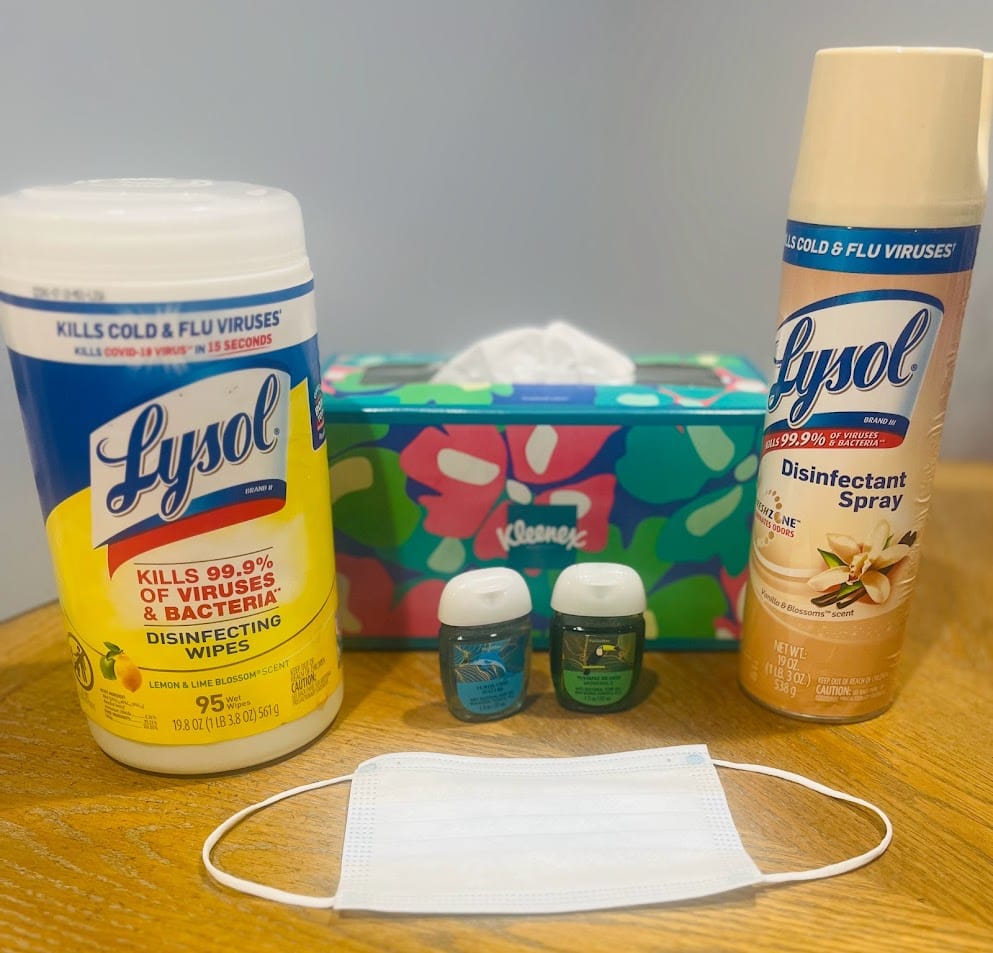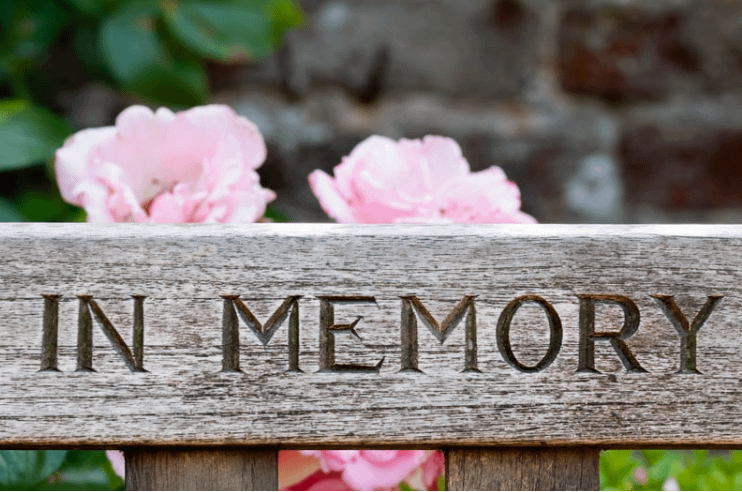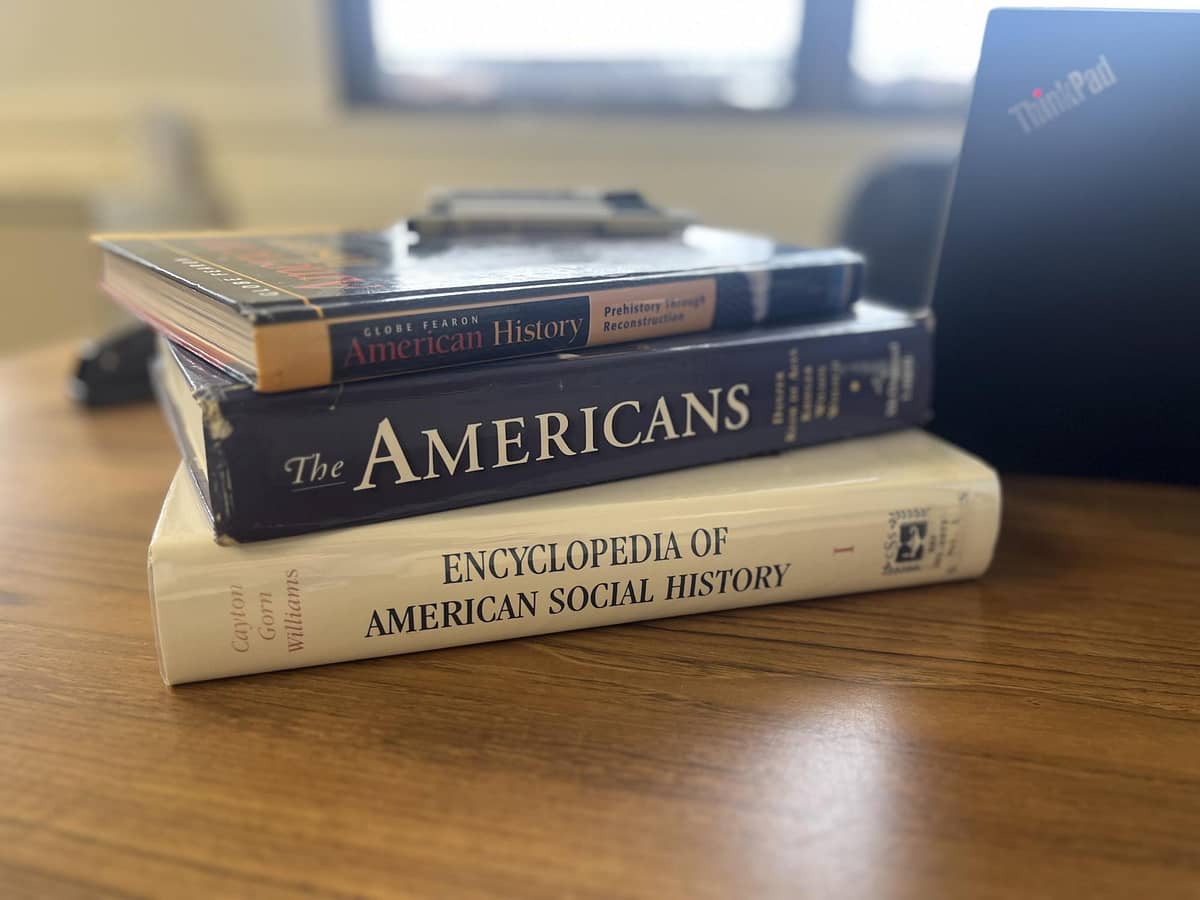When people think of soccer, they often imagine people running around and kicking a ball into a goal, but its origins are less frequently pondered. While many historical locations claim this history, the closest to us is Mesoamerica, the region stretching from southern Mexico through Central America, where an ancient ballgame developed. Now, in parts of Mexico, the southwestern United States, and Central America, descendants of the Indigenous people who played this game are attempting to revitalize it as Ulama.
The ballgame, as it was referred to in Mesoamerica before its discovery by the Old World, was likely invented by the ancient Olmec civilization and spread throughout the area. It even reached some other cultures in North America and the Caribbean! It is often believed to have been used to resolve disputes instead of war. It was ingrained in Mesoamerican mythology as it was used for divination and in many religious stories. It had great significance and was not taken lightly—losing teams were often sacrificed. When the Spanish arrived in the Americas, they banned the game, seeing it as barbaric partially for this reason, and the courts fell to ruin.
Mesoamerican Ballgame courts are found all over Mesoamerica. The courts often consisted of a large, flat rectangle, typically 60 feet long, with large walls on either side, some with rings protruding from them. The aim of the game is believed to be to get a solid rubber ball through the hoops without using hands, which was often dangerous as the ball could be fairly heavy. Sticks were used in some versions as well.
The game has now become ulama, also known as Pok Ta Pok, a less dangerous version of the ancient sport. The game is played like volleyball without a net, with the teams having to hit the ball back and forth until one misses it. A prominent Belize team from Yo Creek Village, started in 2015, won the second “Juego de Pelota Mesoamericano Ulamaztli” in Teotihuacán, Mexico City before winning the Annual International Mesoamerican Ball Game Competition in Guatemala in October 2017.
The sport is also gaining traction in the Southwestern United States. For example, teams from five states have gathered in San Diego to participate in it. It is more than just a game to its players—it is a ritual for them to remember their heritage. Raul Herrera, the Vice President of AJUMPEME (the US Mesoamerican Hip-Ballgame Association), believes it is important to bring back the sport since “it almost went extinct at one point” due to the Spanish ban, which “created a massive scar on our community—it almost erased our culture and our identity as Indigenous Peoples.” However, he is hopeful for ulama’s future: “We want teams in every major city.”





